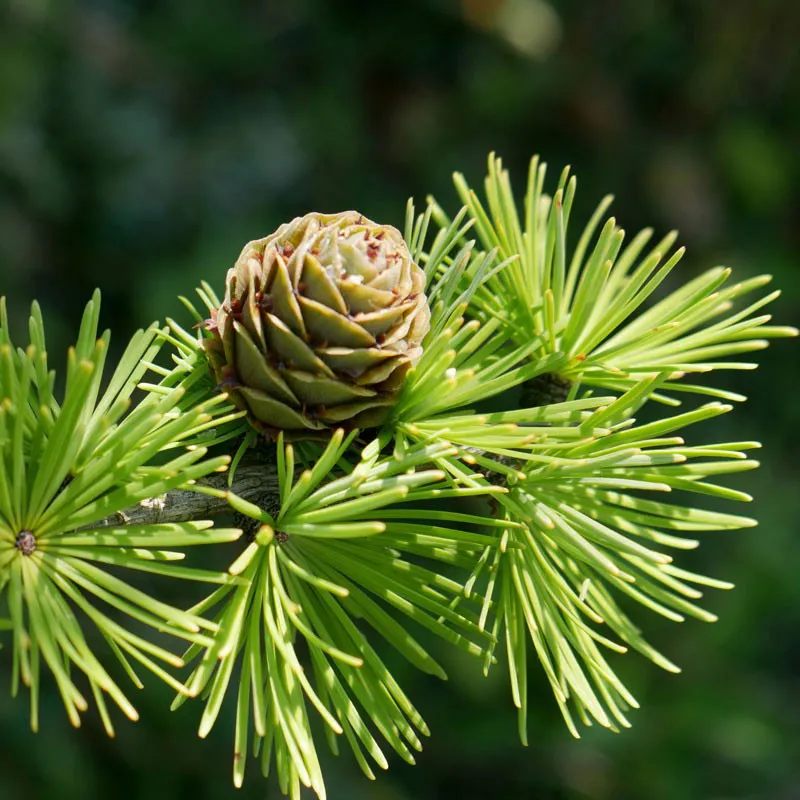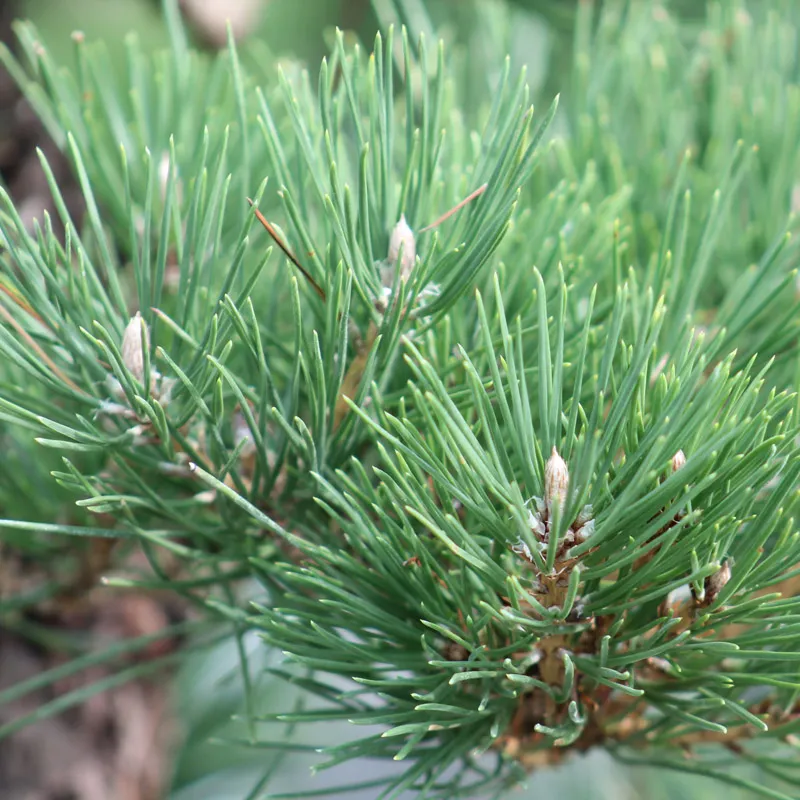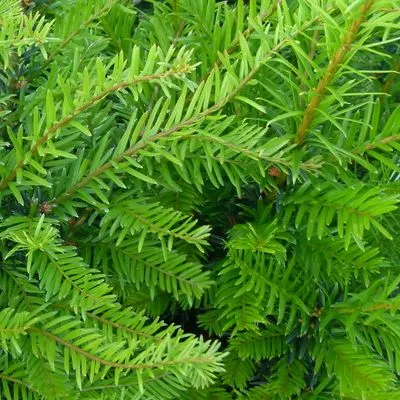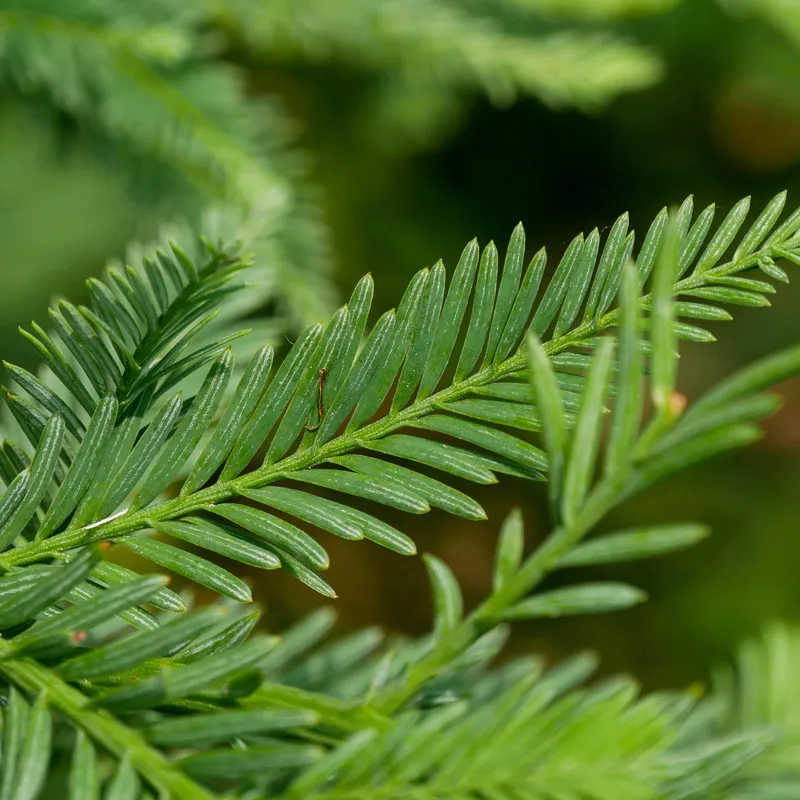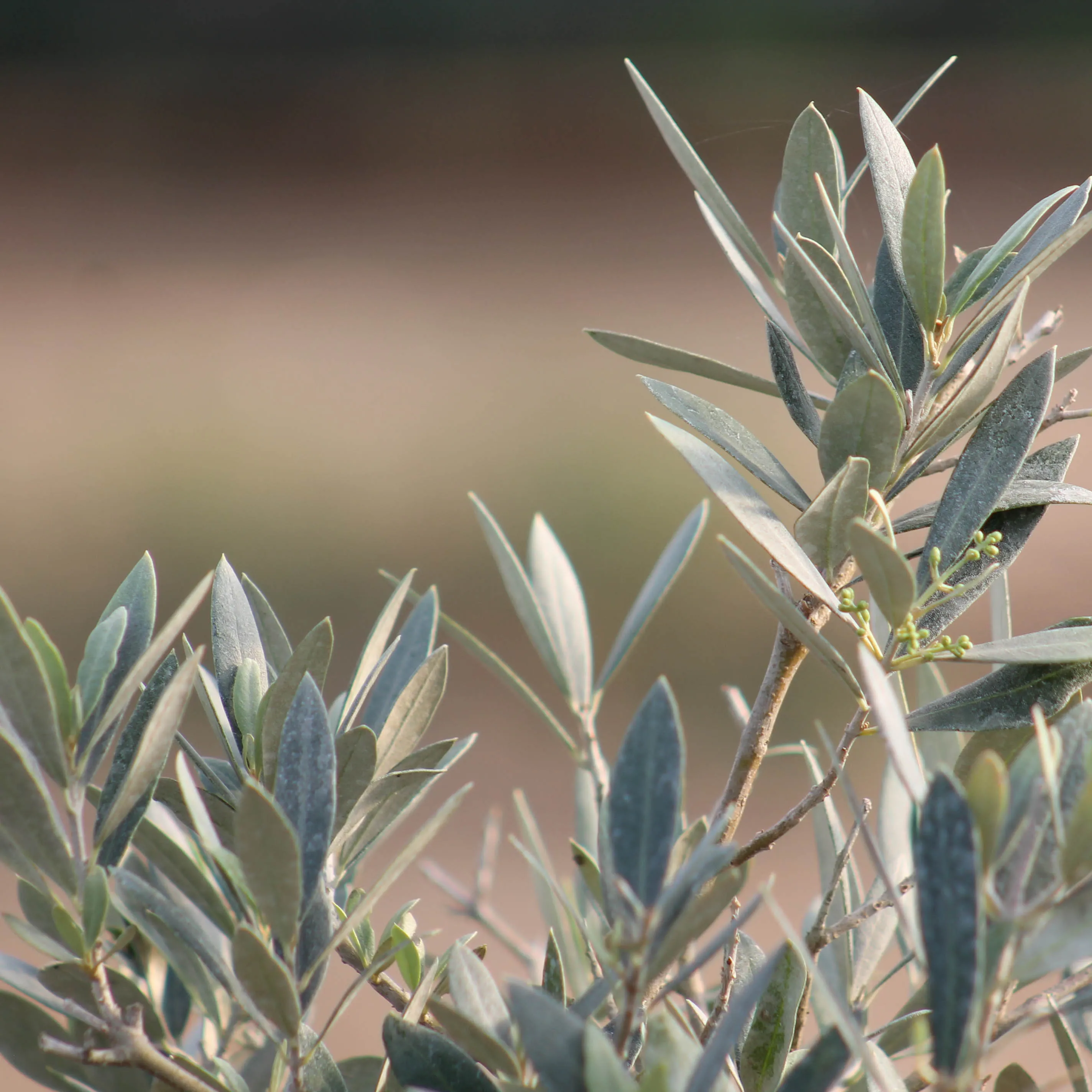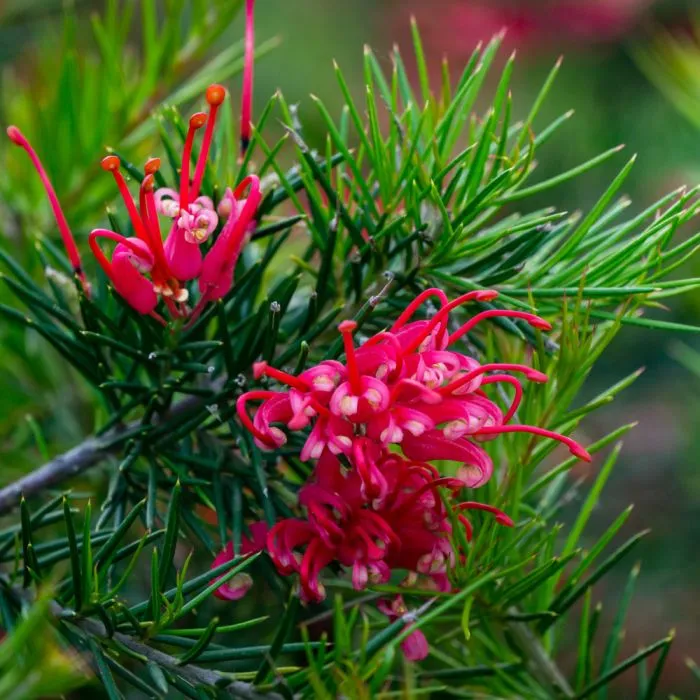It's decided, you're going to start growing and working with bonsai. But where do you start? Which trees should you start with to make your first steps, and learn how to work them? The goal is above all to have fun while choosing species that will not cause you any particular problems. Here we give you a number of practical tips to get started with a bonsai collection.
Choosing Varieties Adapted to Your Environment
This is the key to success, because choosing trees that grow naturally around your home means choosing bonsai that are easy to grow. But this requires having a small corner outside to install them. If you live in an apartment, then you will have to turn to what are called indoor bonsai. There aren't many of them, only the ficus retusa will be able to enjoy it. Because a bonsai is first and foremost a tree, and a tree likes to live outside, in the sun, with the well that waters it naturally and regularly.
If you are lucky enough to have a garden or a terrace, we can offer you so-called endemic species such as hornbeam, beech, linden in bonsai, etc. They are easy-to-grow, fast-growing bonsai trees that are perfectly suited to your climate.
If you live in the south of France, with mild temperatures in winter, watch out for mountain species that like to have cold winters to be healthy. This is the case, for example, with hook pines or larches, which are actually quite difficult to keep in shape outside of cold zones.
At first, don't diversify too much
The risk when starting a bonsai collection is that you want a little bit of everything. However, some bonsai require specific growing conditions, adapted pruning or pinching techniques. When you're just starting out, you don't necessarily master all of this. It's best to limit yourself to a few varieties in order to understand how they work and what their needs are.
You have to learn to control watering or sun exposure according to your environment. It's only after 2 or 3 years that you can really see what works well at home. This is the key to success, understanding and mastering the culture in your home. That's why most of the generic advice you find on the internet may not be applicable to you, because from one region to another, from one city to another, growing conditions can change radically.
Limiting yourself to a few species at first allows you to understand how each tree works.
Which trees should you start bonsai with?
Does all this sound very complicated to you? Don't worry, we've all been there. So here is a list of bonsai trees that we consider easy and that allow you to start a collection without having a failure.
- Bonsai maples: they are certainly our favorite trees, they are vigorous, tolerate a lot of mistakes that can be made when you are just starting out, and the change of colors of the leaves in spring or fall is simply magical. There are many varieties that differ in the colour of the foliage or the wood. You just have to protect them from the scorching sun in summer;
- Local species such as hornbeam, beech or oak. They are not well known enough in bonsai, and that's a shame, because they are really the easiest trees to grow because they are probably already growing around your home. They are therefore perfectly adapted to your local climate and do not require any special protection;
- Bonsai olive trees are also very interesting, although they will need to be protected from sub-zero temperatures. You can make a small cold greenhouse with a wooden structure covered with a plastic sheet. Unless you live in the north of France, this is enough to protect them from the winter period;
- Bonsai apple trees are also very interesting in a collection for their spring blooming. It is still an under-exploited, sometimes denigrated, species that is not sufficiently encountered on display.
- The Chinese elm is also a bonsai to be integrated into a collection. It sometimes has a bad reputation among enthusiasts because it can be found a lot in supermarkets or garden centres. However, we have very beautiful plants in our nursery, with beautiful trunks and well-developed branching. The Chinese elm is truly a beautiful bonsai that allows you to learn most bonsai techniques.
You will notice that in this list, which is far from exhaustive, we have only put hardwoods. What about conifers? Even though they are beautiful, they are not the easiest. In our opinion, Japanese black pines or juniper trees are a little more complicated to grow, and more technical to work with. For example, you need to have a minimum of watering under control.
So start your bonsai collection with simpler deciduous trees, and after a few months, incorporate one or two conifers. Once you've mastered the cultivation, you can try your hand at ligation and shaping, and immerse yourself in bonsai aesthetics.


 Production of French Bonsai
Production of French Bonsai















